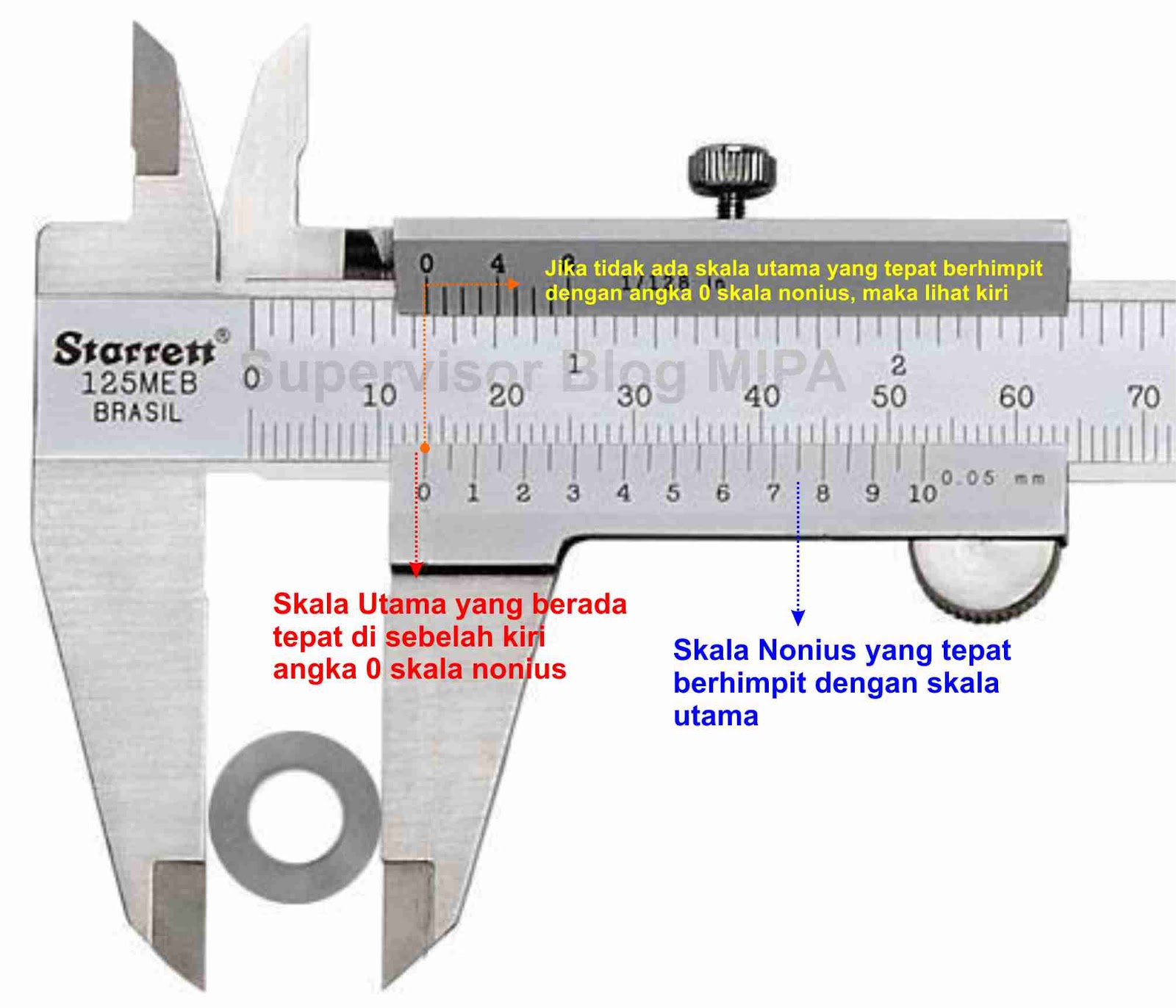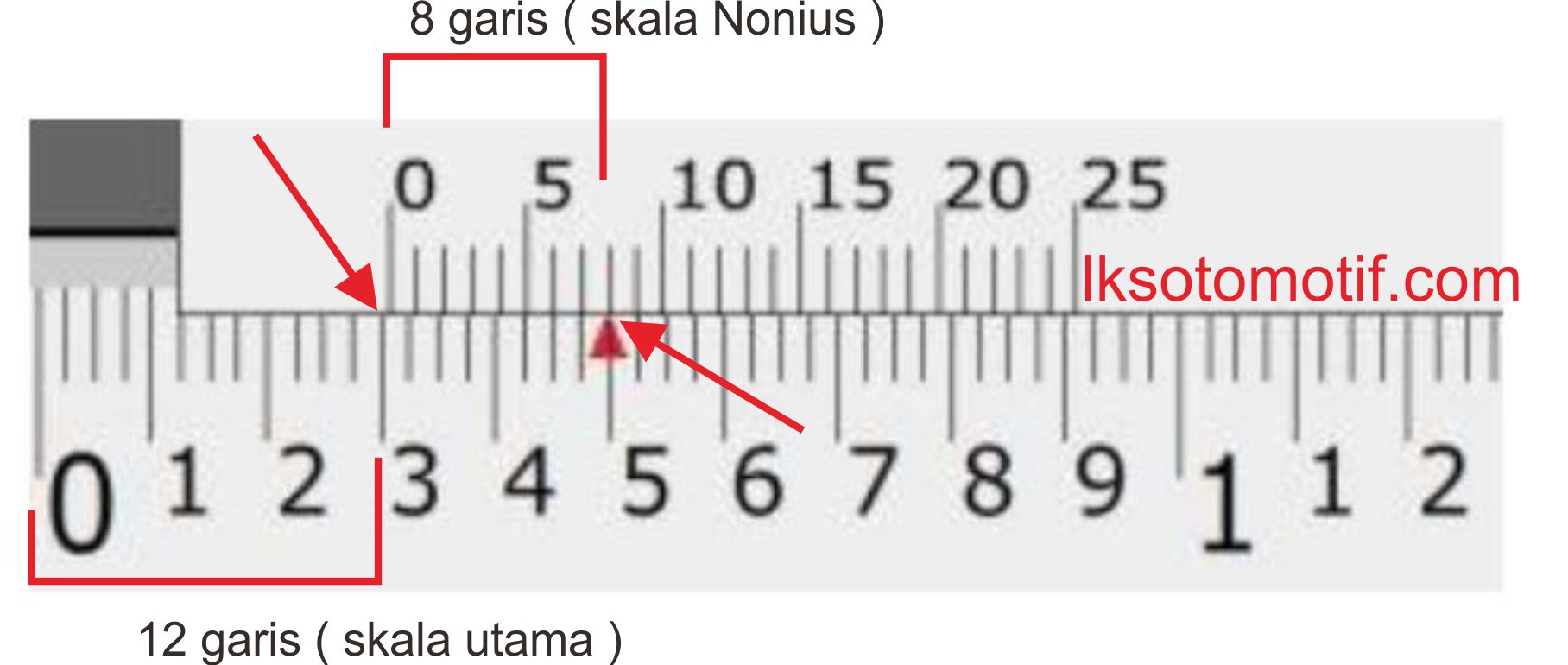Unlocking Insights: Choosing the Right Measurement Scales for Your Data
In a world overflowing with data, the ability to extract meaningful insights has become paramount. But before you can unleash the power of your data, you need to choose the right tools for the job. One crucial aspect of data analysis often overlooked is understanding and selecting the appropriate measurement scales for your data. Think of it as choosing the right lens for your microscope – the wrong one will leave you with a blurry, inaccurate picture.
Determining the appropriate measurement scale, or how you categorize and quantify your data, is the bedrock of effective analysis. Without it, your insights could be misleading, leading to flawed conclusions and ineffective decision-making. Whether you're a seasoned data scientist or just starting to explore the world of data, understanding measurement scales is an essential skill.
Measurement scales dictate the type of statistical analysis you can perform and the conclusions you can draw. They provide a framework for understanding the relationships between data points and allow you to compare and contrast information in a meaningful way. Ignoring this fundamental step can skew your results, making it impossible to glean accurate insights from your data.
Imagine you're analyzing customer satisfaction with your new product. You could ask customers to rate their satisfaction on a scale of 1 to 5, or you could simply ask if they are satisfied or dissatisfied. The former approach uses an interval scale, allowing you to measure the degree of satisfaction, while the latter uses a nominal scale, only capturing the presence or absence of satisfaction. The choice of scale drastically impacts the depth of analysis you can perform.
From understanding customer behavior to tracking marketing campaign performance, the ability to effectively choose and implement the appropriate measurement scale is critical across industries and disciplines. Whether you're analyzing sales figures, customer reviews, or social media engagement, selecting the right scale empowers you to unlock hidden patterns and make data-driven decisions that drive success. This article delves into the different types of measurement scales, their applications, and the key considerations for selecting the most appropriate one for your data analysis needs.
Advantages and Disadvantages of Different Measurement Scales
| Scale Type | Advantages | Disadvantages |
|---|---|---|
| Nominal | Easy to understand and use Suitable for categorical data | Limited statistical analysis possible Doesn't capture order or magnitude |
| Ordinal | Captures order and ranking Suitable for subjective data | Distance between ranks is unknown Limited statistical analysis possible |
| Interval | Allows for precise measurement of differences Supports a wide range of statistical analysis | No true zero point Ratios between values are not meaningful |
| Ratio | Most informative scale Allows for the calculation of ratios and meaningful zero point | Can be challenging to collect ratio data Not suitable for all types of data |
While this article provides a general overview, always remember that choosing the right measurement scale is highly contextual. Factors like the specific research question, the nature of the data itself, and the desired depth of analysis all play a role in making the right choice. By understanding the nuances of each measurement scale and considering your unique needs, you can ensure that your data analysis is accurate, meaningful, and ultimately, insightful.
The end of an era how did general macarthur die
Sacramento used cars finding your ride
Unlocking zen your guide to feng shui bedroom colors













